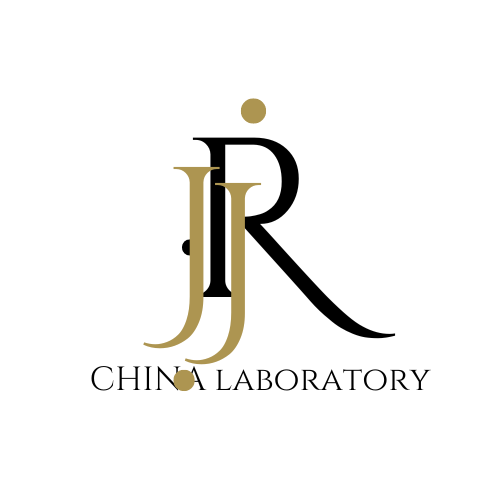
What is the EN 13120 testing standard?
en 13120 is a standard for internal blinds, covering performance requirements including mechanical safety, durability, operational safety, and more. It is important to determine the scope of this standard, such as whether it applies to blinds for residential and public spaces, particULarly regarding child safety aspects, such as preventing risks associated with cords.
EN 13120:2009 + A1:2014 revised the previous European standard “Internal Blinds - Performance Requirements Including Safety” (published in 2009). This standard specifies the requirements that internal blinds must meet when installed in buildings. The amendment significantly broadened the scope to include not only Venetian blinds, roller blinds, vertical blinds, and pleated blinds, but also honeycomb blinds, Roman blinds, Austrian blinds, plantation shutters, and roller shutters. It also expanded the “suffocation prevention” clause to address specific hazards posed by cords.
EN 13120-2009+A1-2014/AC-2015 Standard Testing Items:
The standard mainly involves safety and performance aspects. Below are the specific details:
Safety Testing Items (Strangulation Test):
1. Chain Tensioner Test: The chain must withstand 6 kg of lateral pull. The tensioner must not break or stop functioning, and it must still work if the installation position is 10 mm higher than intended. Additionally, the maximum gap between two strands should not exceed 50 mm.
2. Broken Chain Connector Test: This component undergoes mechanical performance testing, UV resistance, and temperature testing. Under 6 kg of tension, the chain must break, and the component itself must release at 3 kg.
3. Rope Clamp Test: After installation, the clamp should be at least 150 cm above the ground. When a 6 kg weight is applied to the clamp or rope, no more than 10 cm of slack should be allowed.
4. Broken Rope Connector Test: This part must undergo mechanical performance testing, UV resistance, and temperature testing. It should be able to fit up to four ropes and release them when a maximum 6 kg force is applied to the ring.
5. Child Safety Buckle Test: This component undergoes mechanical performance, UV resistance, and temperature testing. It must open or disconnect when a maximum 6 kg force is applied, especially if the space between the two connection points of the fabric exceeds 20 cm.
6. Small Component Ingestion Risk Test: Small components that might be removed or fall from the blinds are assessed to check if their size poses an ingestion risk to children, potentially leading to suffocation.
7. Heavy Metal Content Test: The blinds' materials are tested for heavy metal content, such as lead, cadmium, mercury, hexavalent chromium, etc., ensuring their levels are within safe limits and do not pose a health hazard.
8. Warning Label Evaluation: The clarity, durability, and legibility of warning labels on the product are checked. These labels should include necessary safety information, such as warnings about strangulation risks, keeping children away, and correct installation and usage instructions.
Performance Testing Items (Mechanical Performance Tests):
1. Operational Durability Test: Simulate frequent use of the blinds, such as repeated raising, lowering, and opening. The test checks if the blinds continue to function properly after a certain number of operations and assesses any wear, deformation, or loosening of parts.
2. Strength Test: The main components of the blinds, such as the frame, slats, and roller, are subjected to strength testing to ensure they can withstand pulling, pressure, and impact forces during normal use.
Material Performance Testing:
1. Light Aging Performance Test: The materials of the blinds are exposed to simulated sunlight for a certain period to observe color changes, strength loss, and brittleness, evaluating their resistance to light aging.
2. Fire Performance Test: The fire resistance of the blinds' materials is tested, including combustion speed, flame spread, and smoke production, to ensure they can delay the spread of fire during a fire event.
3. Dimensional Stability Test: The blinds are tested for dimensional changes under varying temperature and humidity conditions to ensure they do not deform, shrink, or expand significantly during use, affecting their normal operation.
Functional Testing:
1. Light Blocking Performance Test: Measure how well the blinds block light when closed, ensuring they meet the user's requirements for light-blocking performance.
2. Operation System Test: Evaluate the functionality and smoothness of the blinds' operating system, whether manual or electric, and ensure all control components, such as cords, chains, and motors, are functioning properly.
The European standard (EN 13120) specifies the performance and safety requirements for interior window coverings. However, it was consideRED insufficient in addressing child safety. The revised standard addresses this concern, especially with regards to blinds cords, to minimize the risks of injury and death to children. All internal window coverings, including blinds and curtains with cord loops, bead chains, or other materials, are covered by these requirements.
Email:hello@jjrlab.com
Write your message here and send it to us
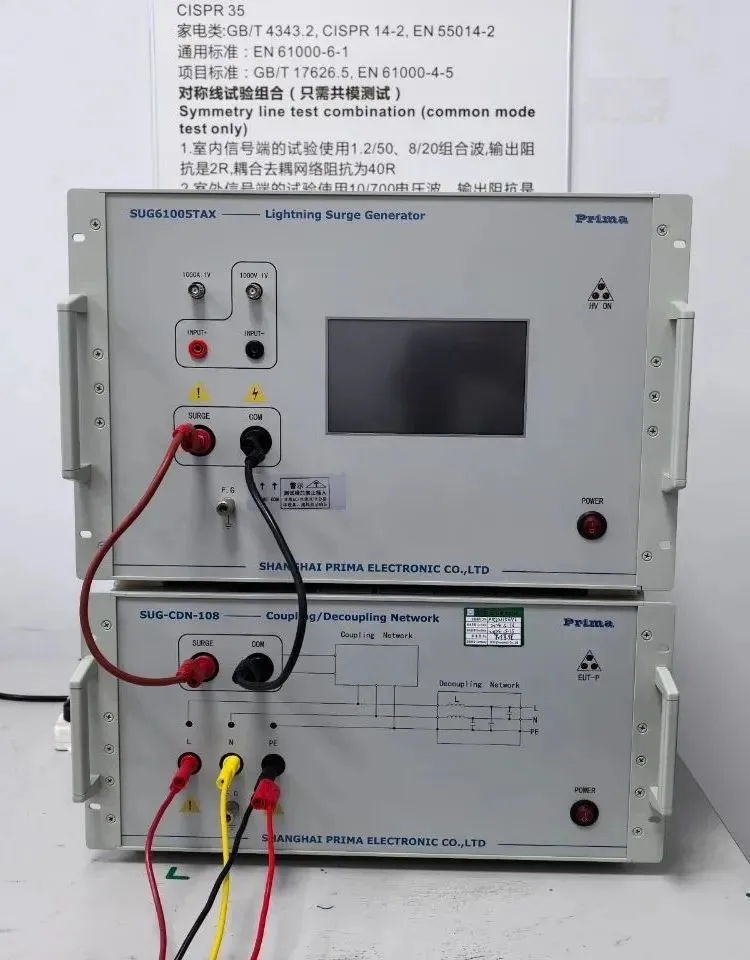 What Are the Testing Items of California Propositi
What Are the Testing Items of California Propositi
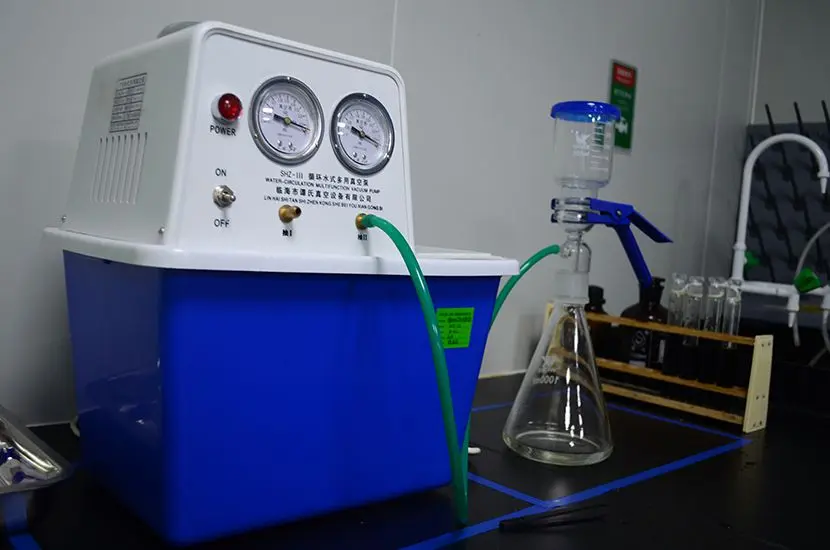 E-Cigarette EU TPD Testing
E-Cigarette EU TPD Testing
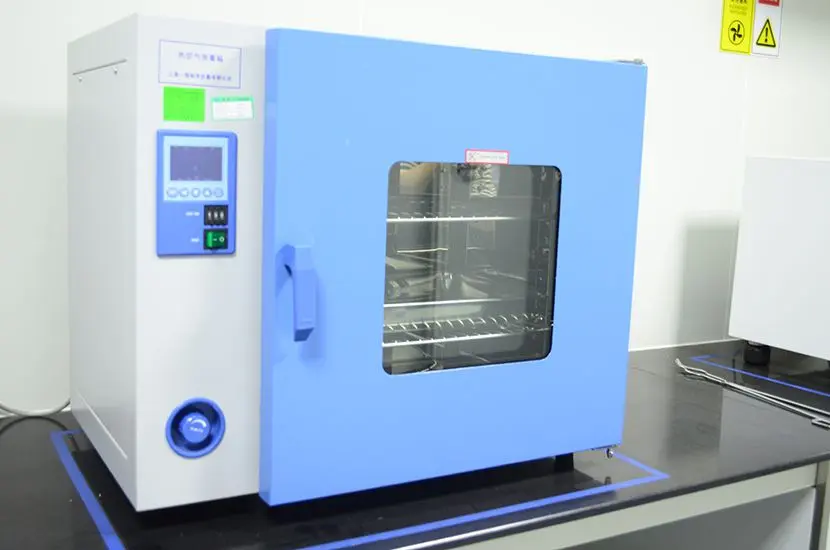 Testing Certification for E-cigarettes Exported to
Testing Certification for E-cigarettes Exported to
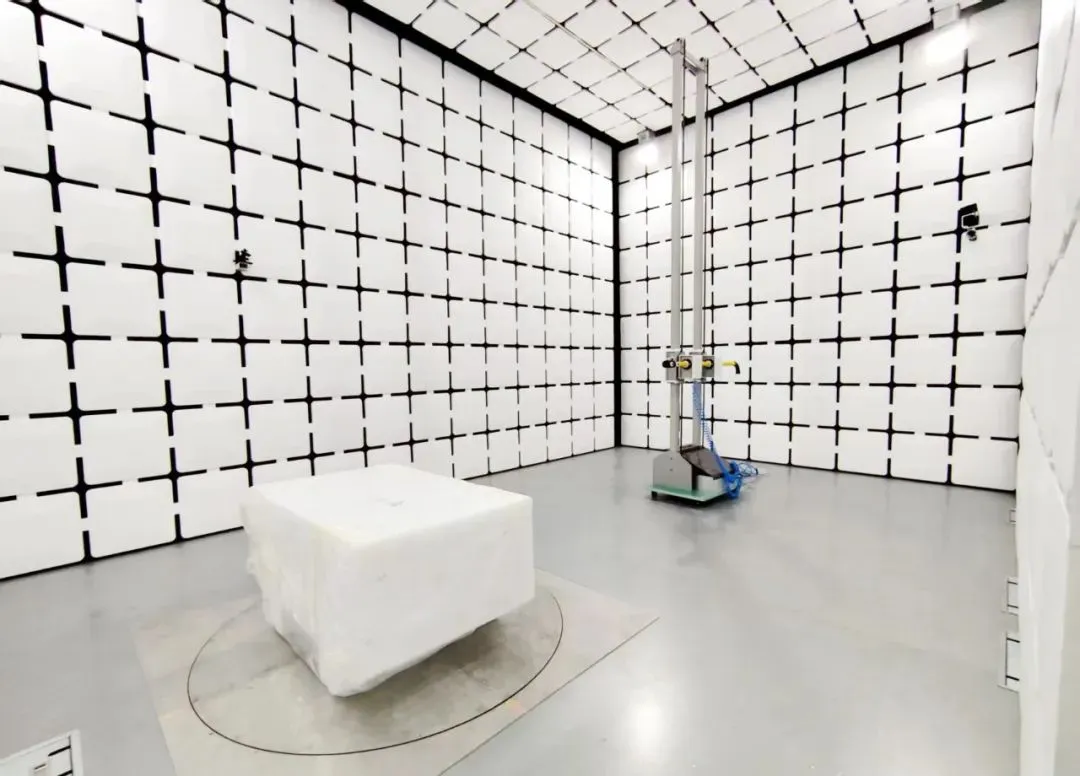 What is Amazon US CPC Certification?
What is Amazon US CPC Certification?
 UK Toy Safety Regulation Standard EN 71-13
UK Toy Safety Regulation Standard EN 71-13
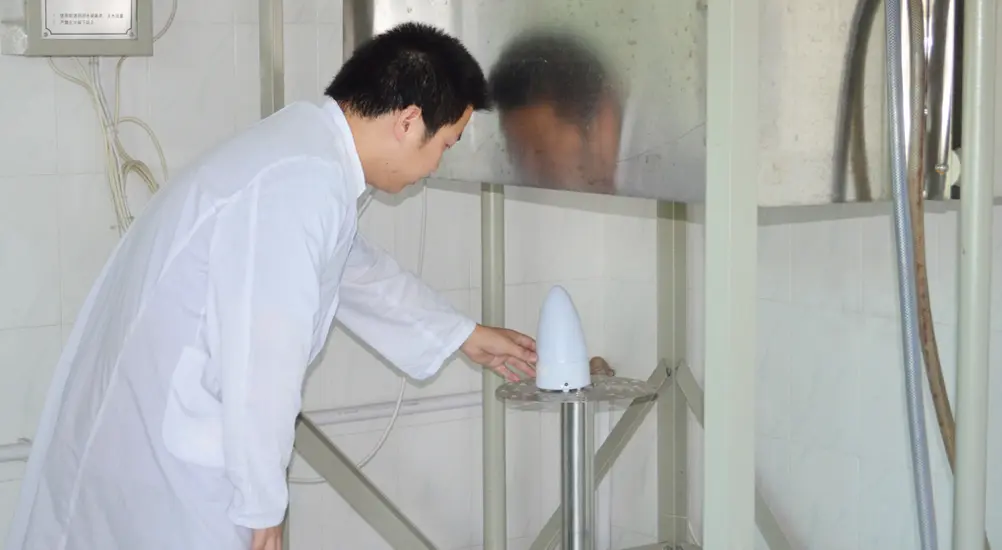 What is EU UFI Registration?
What is EU UFI Registration?
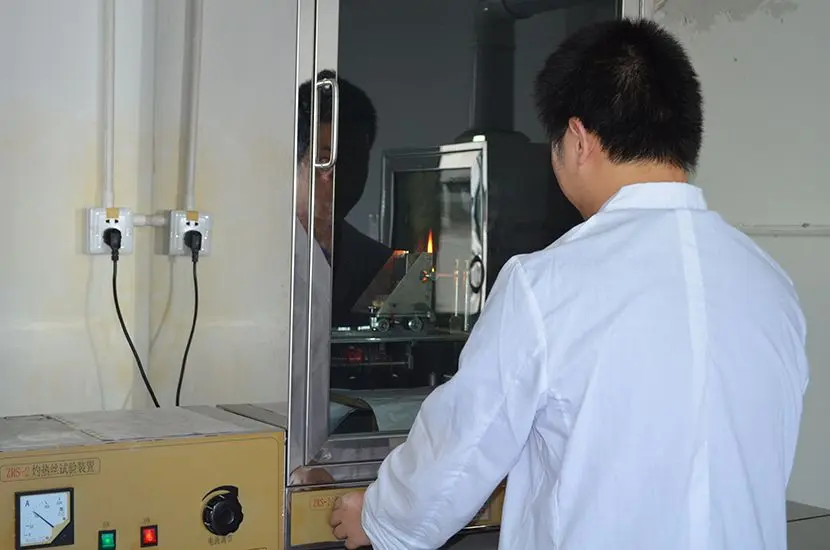 EU UFI Registration for E-cigarette E-liquid
EU UFI Registration for E-cigarette E-liquid
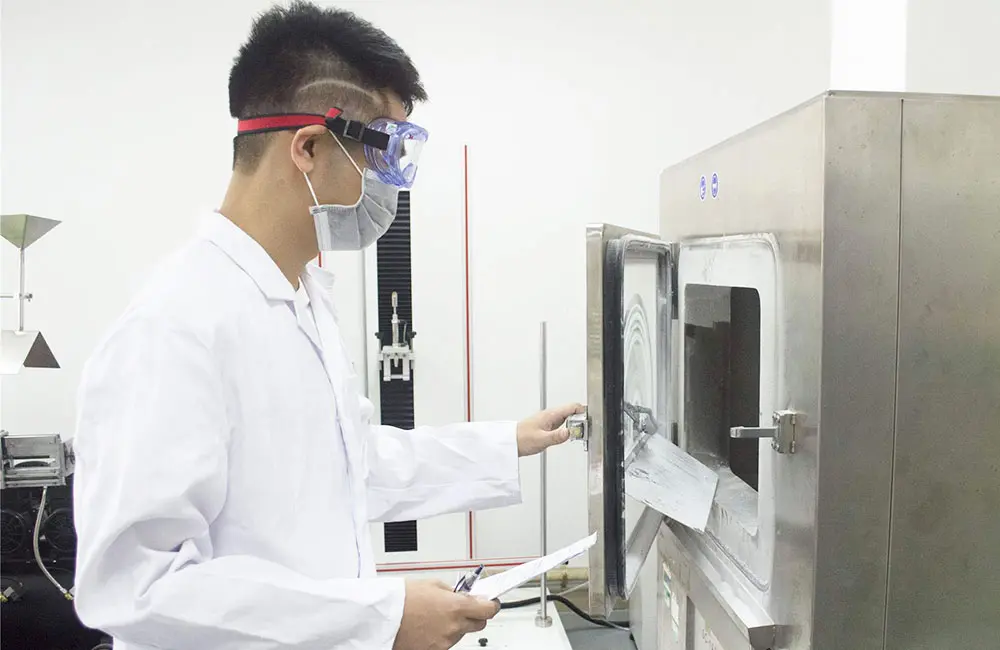 How to get the MSDS Report for Electronic Cigarett
How to get the MSDS Report for Electronic Cigarett
Leave us a message
24-hour online customer service at any time to respond, so that you worry!
